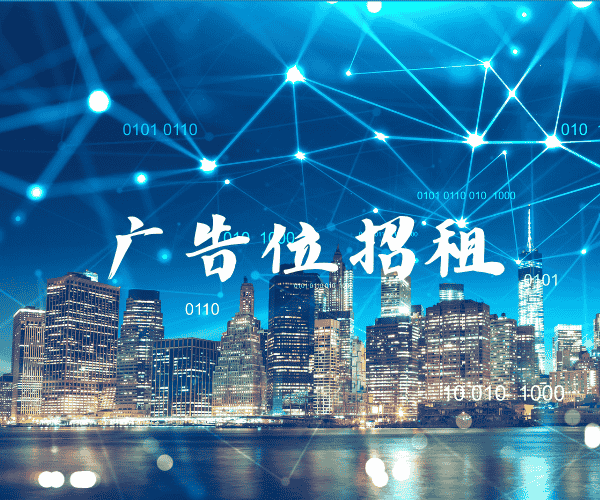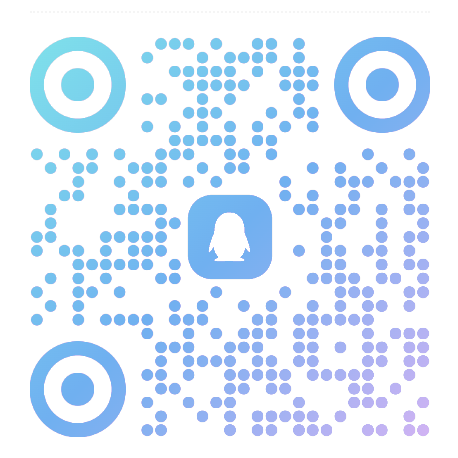AI绘画生成是一个 exciting 领域,它结合了艺术和科技, allows 人们 to create stunning visual content using machine learning algorithms. In this article, we will explore various AI painting generation topics, each with its unique characteristics and applications.
### 1. Style Transfer
Style transfer is a technique that allows you to transfer the style of one image to another. This is achieved by training a neural network to understand the style of a given image and then applying that style to a different image. The result is a new image that has the content of the original image but the style of the reference image.
#### 1.1 Neural Style Transfer
Neural style transfer is a specific type of style transfer that uses deep convolutional neural networks (CNNs) to achieve the style transfer. The process involves training a network to minimize the content loss and style loss between the original image and the generated image.
#### 1.2 Applications of Style Transfer
Style transfer has a wide range of applications, including:
- Artistic creation: Artists can use style transfer to create new works of art by combining the content of one image with the style of another.
- Image enhancement: Style transfer can be used to enhance the visual appeal of images by applying artistic styles.
- Virtual reality: Style transfer can be used to create more realistic and visually appealing virtual environments.
### 2. Generative Adversarial Networks (GANs)
Generative Adversarial Networks (GANs) are a type of deep learning model that consists of two neural networks: a generator and a discriminator. The generator network generates new images, while the discriminator network tries to distinguish between real images and generated images. The two networks are trained together, with the generator trying to fool the discriminator and the discriminator trying to correctly identify real images.
#### 2.1 Types of GANs
There are several types of GANs, including:
- Vanilla GANs: The original GAN architecture.
- Deep Convolutional GANs (DCGANs): GANs that use deep convolutional neural networks.
- Conditional GANs (cGANs): GANs that generate images based on a given condition or label.
#### 2.2 Applications of GANs
GANs have a wide range of applications, including:
- Image generation: GANs can generate new images that are similar to a given dataset.
- Image-to-image translation: GANs can be used to translate images from one domain to another, such as converting a sketch to a photo.
- Data augmentation: GANs can generate additional training data for machine learning models.
### 3. Autoencoders
Autoencoders are a type of neural network that is trained to reconstruct its input. The network consists of an encoder, which maps the input to a lower-dimensional representation, and a decoder, which maps the lower-dimensional representation back to the original input. Autoencoders can be used for various tasks, including image generation and denoising.
#### 3.1 Variational Autoencoders (VAEs)
Variational Autoencoders (VAEs) are a type of autoencoder that is trained to generate new images by sampling from a learned latent space. The encoder network maps the input to a distribution over the latent space, and the decoder network maps samples from the latent space back to the original input space.
#### 3.2 Applications of Autoencoders
Autoencoders have a wide range of applications, including:
- Image generation: Autoencoders can generate new images by sampling from the learned latent space.
- Image denoising: Autoencoders can be used to remove noise from images.
- Feature learning: Autoencoders can learn useful features from data that can be used for other machine learning tasks.
### Conclusion
AI painting generation is a fascinating field that combines art and technology. By using techniques such as style transfer, generative adversarial networks, and autoencoders, we can create stunning visual content that was previously impossible to generate. These techniques have a wide range of applications, from artistic creation to data augmentation, and will continue to shape the future of visual content creation.
©️版权声明:本站所有资源均收集于网络,只做学习和交流使用,版权归原作者所有。若您需要使用非免费的软件或服务,请购买正版授权并合法使用。本站发布的内容若侵犯到您的权益,请联系站长删除,我们将及时处理。







 鄂公网安备42018502008087号
鄂公网安备42018502008087号